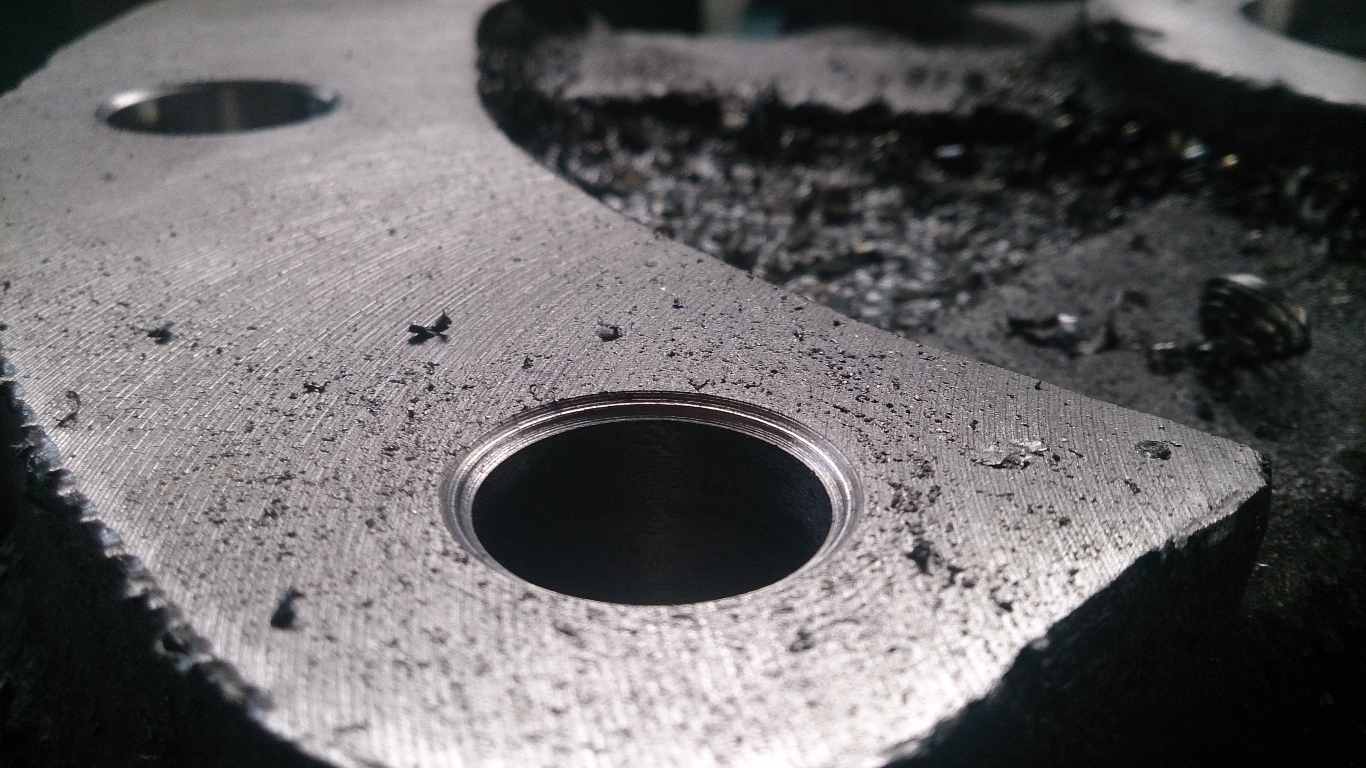Overview of Carbon Steel
Definition and General Characteristics
Carbon steel is basically just steel where carbon is the main ingredient mixed in. In the metals world, when they say “carbon steel,” they’re talking about steel with different amounts of carbon that tweak its strength and flexibility. Unlike stainless steel, which has chromium, or other special steels with various added elements, carbon steel keeps it simple and versatile for many uses. The amount of carbon in this type of steel usually falls between 0.05% to 2.0%, which can change how hard or stretchy it gets, as well as how strong it is under tension. These steels get sorted into different grades based on how much carbon they’ve got in them.
Importance in Industry and Manufacturing
Carbon steel is essential in numerous industries due to its versatility and cost-effectiveness. Its usage spans the construction of buildings, automotive manufacturing, shipbuilding, pipeline infrastructure, and even tools and machinery. This is largely because of its workability, strength, and ability to withstand high pressure and temperature. Furthermore, its adaptability makes it a favored material for reinforcing structures subjected to mechanical forces. Indeed, the throughput and longevity provided by carbon steel components can lead to reduced maintenance costs and operational downtime, showcasing its industrial significance.
Low Carbon Steel
Composition and Properties
Low carbon steel, also termed mild steel, comprises a carbon content typically ranging from 0.05% to 0.25%. This minimal carbon presence makes the steel relatively soft compared to higher-carbon steels. Low carbon steel is known for its high ductility, malleability, and good corrosion resistance—a feature that allows it to be easily welded and shaped into various forms. The low carbon concentration also results in mild steel having lower tensile strength. However, it compensates for this shortcoming with superior toughness, a characteristic that allows it to absorb energy without breaking.
Common Uses and Applications
Low carbon steel’s properties lend it to a wide range of practical applications in both everyday and complex industrial uses. Commonly, it is employed in the manufacturing of sheet metal products, which include various household items, automobile body parts, and wiring components. In the construction industry, it is pivotal in creating structural steel beams, reinforcing bars, and other fabricated sections used in buildings and bridges. Additionally, low carbon steel is a preferred material for producing industrial equipment such as piping and chains because of its ability to withstand moderate strain and wear without compromising integrity.
Medium Carbon Steel
Key Features and Composition
Medium carbon steel contains carbon amounts ranging from 0.25% to 0.60%, which provides a balanced mix of strength, hardness, and ductility. The presence of carbon in this range enhances the material’s toughness while maintaining satisfactory machinability and weldability. Silicon and manganese are often added to this grade to improve its overall performance. Medium carbon steel’s enhanced strength and toughness make it an excellent material for load-bearing applications and high-stress environments. Nonetheless, it should be noted that this type typically requires heat treatment to achieve its optimal mechanical properties.
Typical Uses in Various Industries
The balanced characteristics of medium carbon steel make it a versatile material for numerous industrial applications. It is widely used in the automotive industry for the manufacture of crankshafts, gears, and axles due to its ability to endure high stress and repeated motion. Furthermore, medium carbon steel is essential in the production of railways, such as in the components of rail tracks and train wheels, which demand durability and strength. Construction equipment and heavy machinery also benefit from medium carbon steel, given its toughness and resistance to wear and tear. Additionally, it’s a popular choice in the manufacturing of agricultural tools and equipment.
High Carbon Steel
Detailed Characteristics
High carbon steel typically has a carbon content ranging from 0.60% to 1.0%, making it significantly harder and stronger than both low and medium carbon steels. This enhanced hardness comes at the cost of reduced ductility, which makes high carbon steel more brittle and less malleable. To further enhance its mechanical properties, this type of steel often undergoes additional treatments like forging, quenching, and tempering. The high carbon content increases the material’s wear resistance and surface hardness, making it suitable for cutting tools and other applications requiring considerable strength.
Popular Applications and Benefits
High carbon steel’s robust features make it ideal for various demanding applications. It is commonly used in the production of high-strength wires, springs, and high-tension parts due to its superior tensile strength. Cutting tools, such as knives, saw blades, and drills, are also made from high carbon steel, as its hardness ensures longevity and superior cutting performance. In the automotive industry, high carbon steel is employed in components like high-strength engine parts and suspension systems. Additionally, it is used in hand tools such as punches, chisels, and hammers, where durability and the ability to retain sharp edges are paramount.
Very High Carbon Steel
Unique Properties and Composition
Very high carbon steel boasts a carbon content ranging from 1.0% to 2.0%, making it the hardest and least ductile among the four types of carbon steel. This elevated carbon concentration grants it exceptional strength and hardness, but also makes it extremely brittle. As a result, very high carbon steel requires meticulous handling and precise manufacturing processes. It often undergoes specialized heat treatments to enhance its mechanical properties, improving resistance to wear and tear.
Industrial and Specialty Applications
The unique characteristics of very high carbon steel make it suitable for specific, highly demanding applications that require uncompromising strength and hardness. This type of steel is particularly valuable in the production of tool steel, which is used to create cutting tools, dies, and wear-resistant machine parts. In the manufacturing sector, it is utilized for producing high-durability cutting tools and industrial knives that require a sharp, enduring edge. Additionally, very high carbon steel is a key material in producing specialty springs and high-stress components in heavy machinery. Its unmatched hardness makes it indispensable in applications where the capacity to withstand extremely high forces and wear is critical.
In summary, carbon steel’s wide range of types, each with unique properties and uses, underscores its importance across various industries. From the ductile and malleable low carbon steel to the incredibly hard yet brittle very high carbon steel, understanding the distinct characteristics and applications of each type is crucial for effectively utilizing this versatile material. Whether in construction, automotive manufacturing, or specialty tool production, carbon steel remains a fundamental component owing to its adaptability, strength, and cost-efficiency.
SUNRISE is a renowned international supplier of steel and non-ferrous metal raw materials. We specialize in providing customized supply solutions for steel and metal products to customers worldwide. One of our notable offerings is carbon steel.
Carbon steel is a type of steel that primarily consists of carbon and iron. It is known for its high strength and durability, making it suitable for various applications in industries such as construction, automotive, and manufacturing. SUNRISE ensures the quality of their carbon steel by sourcing it from reliable manufacturers and conducting rigorous testing procedures.
With their expertise in the steel industry, SUNRISE offers a wide range of carbon steel products, including sheets, plates, bars, and pipes. These products are available in different grades and specifications to meet the specific requirements of their customers.
SUNRISE’s commitment to providing reliable and satisfactory supply solutions extends to their carbon steel offerings. We strive to deliver high-quality products that meet international standards and exceed customer expectations. Whether it’s for large-scale industrial projects or individual needs, SUNRISE’s carbon steel is a trusted choice for its strength, durability, and versatility.







